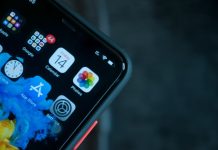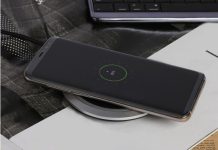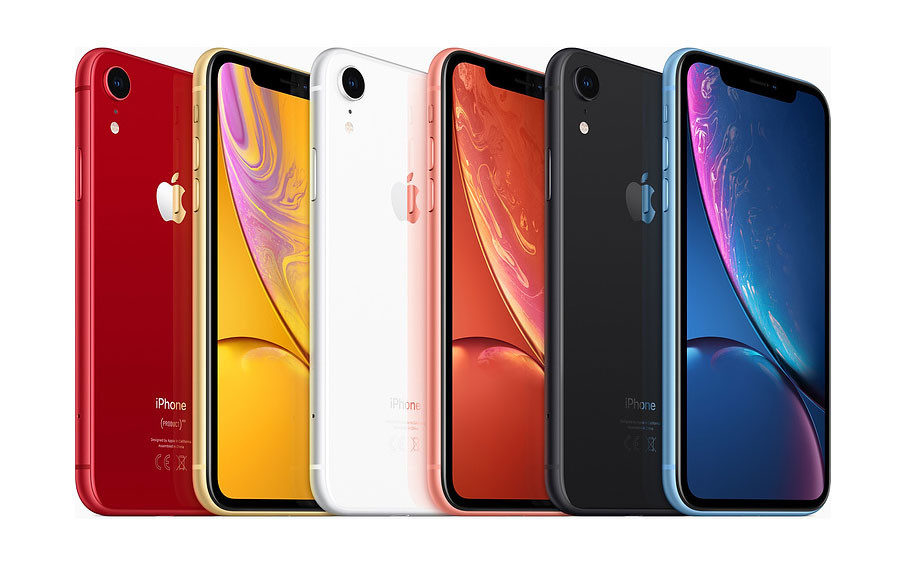
We already have them with us: not only Apple’s top-of-the-range, the new iPhone Xs and Xs Max but also the cheapest terminals of the new family, which have been presented as the iPhone XR.
This new model has a fundamental difference from its older brothers, and that is that although it maintains a good part of the design lines of the rest of the family, in its hardware there is a clear difference from the first moment: its 6.1-inch IPS screen, which maintains Apple’s commitment to a technology that is still alive despite the leading commitment to terminals with OLED screens.
Technical specifications of the iPhone XR
The new iPhone XR poses differences concerning its older brothers, and the most striking is its LCD screen, which has a lower resolution than those that make up the screens of the iPhone Xs and Xs Max.
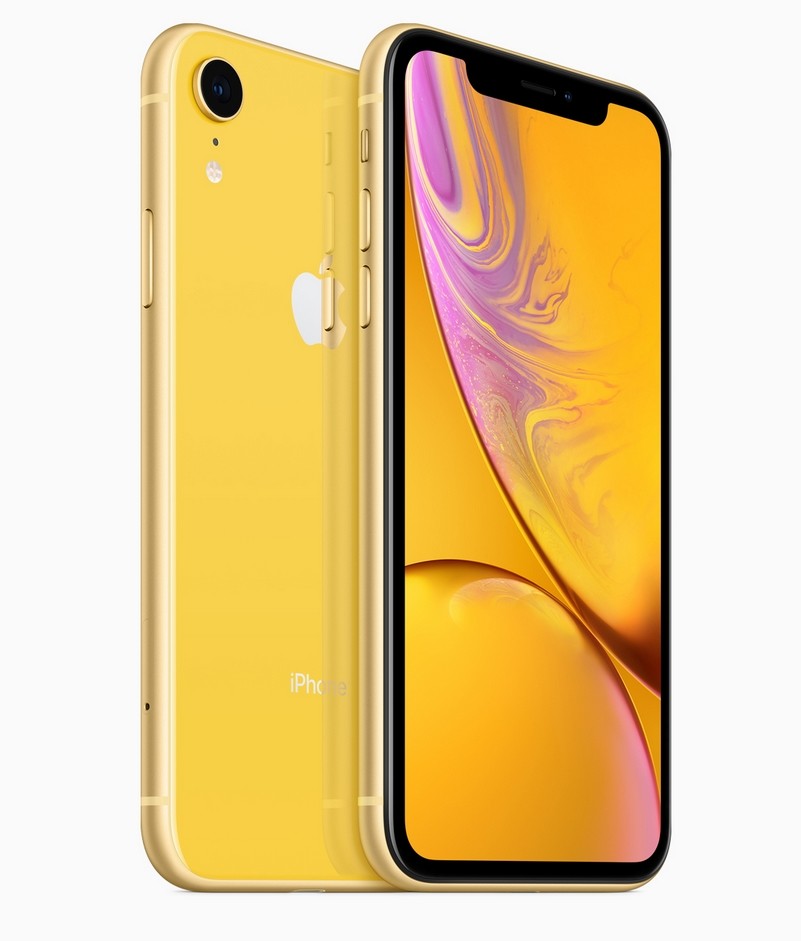
| IPHONE XR | |
|---|---|
| DIMENSIONS AND WEIGHT | 150.0 x 75.7 x 8.3mm, 194 grams |
| SCREEN | 6.1-inch IPS LCD with True Tone 1,792-by-828-pixel resolution at 326 ppi |
| PROCESSOR | A12 Bionic |
| MEMORY | 64/128/256 GB (not expandable with microSD) |
| SOFTWARE VERSION | iOS 12 |
| REAR CAMERA | 12-megapixel, f/1.8, OIS, four-LED True Tone flash |
| FRONTAL CAMERA | TrueDepth 7 megapixel f/2.2, Face ID support |
| CONNECTIVITY | Wi-Fi, Bluetooth 5.0, LTE, NFC |
| OTHERS | Dual SIM, fast charging, wireless charging |
| PRICE | From €859 |
The other big difference, as we will see, is in its rear camera system, which in this case has a single sensor. Even so, the device does maintain a good part of the advantages of the new generation of iPhones, with the Apple A12 Bionic processor at the forefront.
It is also interesting to note the presence of the Dual SIM slot and support for both fast charging and wireless charging, which rounds off a fairly complete specification sheet.
A familiar design
The iPhone XR has an IPS LCD screen instead of using OLED technology, but that does not prevent its design from being too different from its bigger brothers.
The same small frames can be seen surrounding the screen and converging with the notch at the top, with rounded edges on the sides that are already common to the family.
What differentiates this model from its family members is the variety of colors in which they will be available. Specifically, we will have them with black, white, blue, coral, and yellow finishes, along with the (PRODUCT)RED edition.
Goodbye 3D Touch, hello 120 Hz (on the capacitive sensor, mind you)
The screen has “Liquid Retina” technology, which in its 6.1-inch diagonal offers a resolution of 1,792 x 828 pixels and a density of 326 ppi.
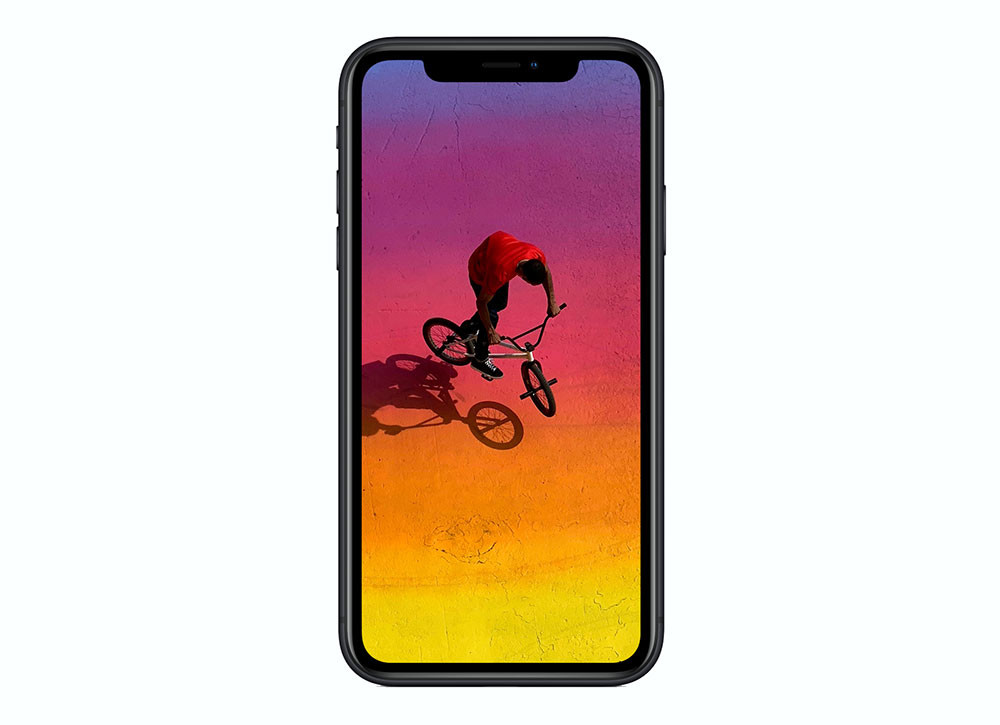
At Apple, they have pointed out how this diagonal is greater than that of the iPhone 8 Plus, but the overall design is more compact than that of this model thanks to the frameless screen of this new design.
This screen has an interesting point in favor: a capacitive sensor refresh rate of 120 Hz, although the screen refresh rate remains at 60 Hz. With this, the interactions are more fluid, Apple promises. In return, yes, we lose an element that some may miss: the support of 3D Touch technology.
Support for True Tone technology also reaches this screen, one of the main features of the iPhone XR. Apple engineers have also managed to offer the gestures that we already saw on the iPhone X in this new iPhone with an LCD screen. The home button with Touch ID, by the way, says its final goodbye to the iPhone family.
One camera in front (with Face ID), one in the back
The iPhone XR has the same Face ID technology in the camera and front sensors that allow authentication through facial recognition, and as in the iPhone Xs and Xs Max we have faster recognition algorithms and a faster Secure Enclave.
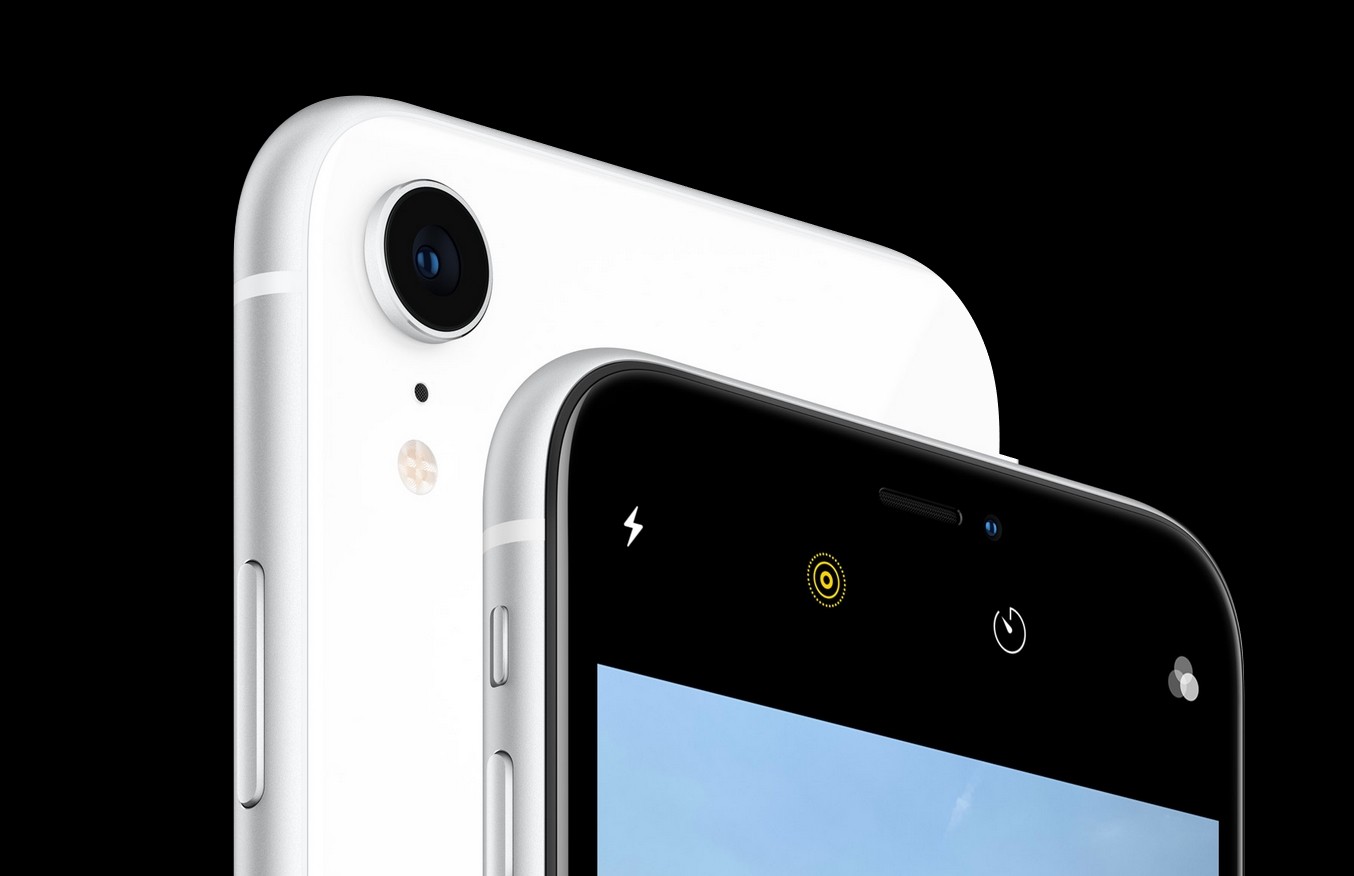
This is due, among other things, to the present, as in its older brothers, of the Apple A12 Bionic processor that will give this device a truly promising processing capacity.
One of the clear differences with the iPhone Xs/Max is precisely in the rear camera system, which in this case integrates a single sensor.
Specifically, one with a resolution of 12 Mpixels, an aperture f/1.8, and pixels of 1.4 microns in size. Support for optical image stabilization is important, as is the new True Tone flash system.
Despite having a single sensor, the camera offers the ability to subsequently modify the aperture that we want to apply in the photo to make objects that are in the background appear more or less in focus.
Water resistance and Dual SIM round off the set
The new iPhone XR maintains Apple’s commitment to resistance to water and dust and has the IP67 certification to guarantee it.
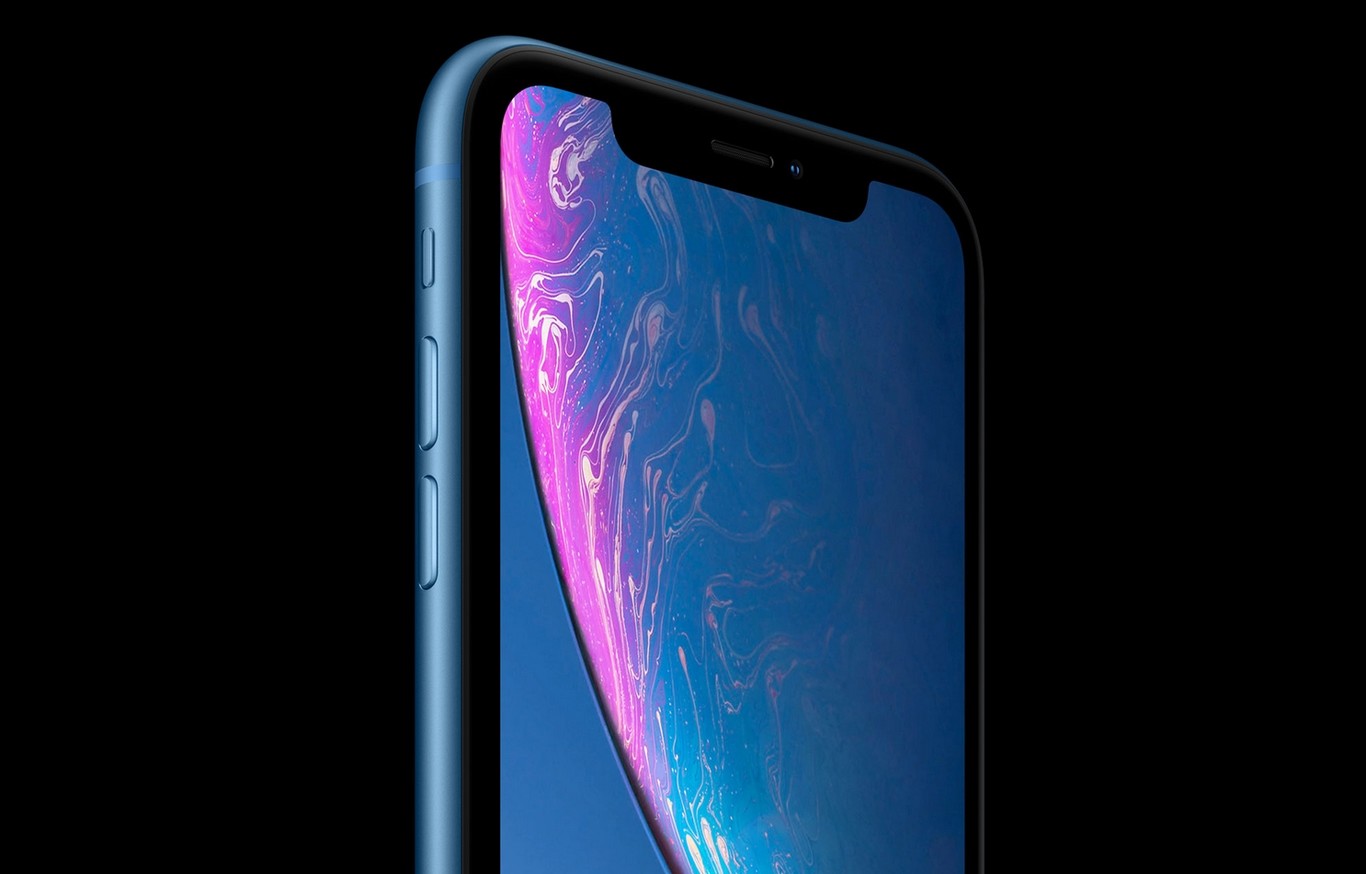
In addition to wireless charging support, Apple has also added the Dual SIM option, another of the great novelties of a family that will finally allow users to maintain two mobile lines on a single iPhone.
The battery also seems to have gained integers in this model, and as with its older brothers at Apple, they promise that it is 90 minutes longer than what the iPhone 8 Plus offered, for example. For example, they estimate 15 hours of internet browsing or 16 hours of video playback.
iPhone XR price and availability
The new iPhone XR will be available from October 26 (reservations from October 19) and will have a price of 859 euros for the model with 64 GB capacity.
The 128 GB capacity models will be priced at 919 euros, while the 256 GB capacity models will cost 1,029 euros.

Sharlene Meriel is an avid gamer with a knack for technology. He has been writing about the latest technologies for the past 5 years. His contribution in technology journalism has been noteworthy. He is also a day trader with interest in the Forex market.



